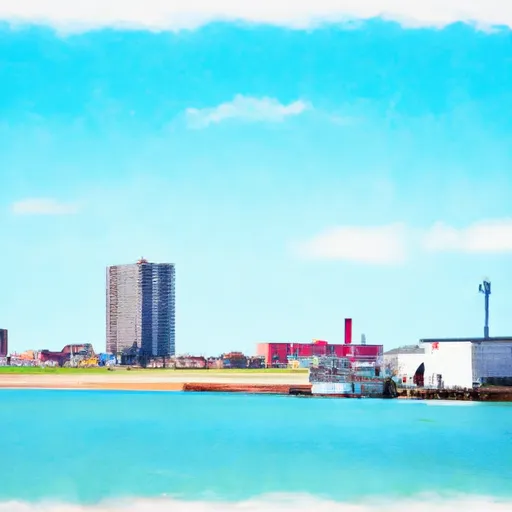°F
°F
mph
Windspeed
%
Humidity











Port-O-Connor is a small coastal town located on the eastern coast of Texas. It experiences a humid subtropical climate, characterized by hot and humid summers and mild winters. Summers in Port-O-Connor can be quite hot, with temperatures often reaching the mid to high 90s Fahrenheit (32-37 degrees Celsius), while winters are mild with temperatures averaging in the 50s to 60s Fahrenheit (10-15 degrees Celsius). The town receives a moderate amount of rainfall throughout the year, with the wettest months being in the summer.
Port-O-Connor is situated along the Matagorda Bay system, which is known for its diverse hydrology constituents. The bay is home to various species of fish, shrimp, and crabs, making it a popular destination for recreational fishing and boating. The area also boasts several marshes and wetlands, contributing to its rich biodiversity.
Outdoor recreation opportunities in Port-O-Connor are abundant. Visitors can enjoy activities such as fishing, boating, kayaking, birdwatching, and wildlife photography. The area is renowned for its excellent fishing opportunities, with anglers targeting species like redfish, speckled trout, flounder, and black drum. The pristine beaches and calm waters also make it an ideal spot for swimming, sunbathing, and beachcombing.
Weather Forecast
Port-O-Connor receives approximately 1015mm of rain per year, with humidity levels near 90% and air temperatures averaging around 22°C. Port-O-Connor has a plant hardyness factor of 9, meaning plants and agriculture in this region tend to thrive here all year round.
Regional Streamflow Levels
0
Cubic Feet Per Second
0
Cubic Feet Per Second
420
Cubic Feet Per Second
165
Cubic Feet Per Second
Nearby Camping
| Camping Area | Reservations | Toilets | Showers |
|---|---|---|---|
| Overlook - Lake Somerville | |||
| Indianola County Historic Park | |||
| Rocky Creek - Lake Somerville | |||
| Birch Creek - Lake Somerville State Park | |||
| Magnolia Beach | |||
| Lighthouse Beach RV Park |



